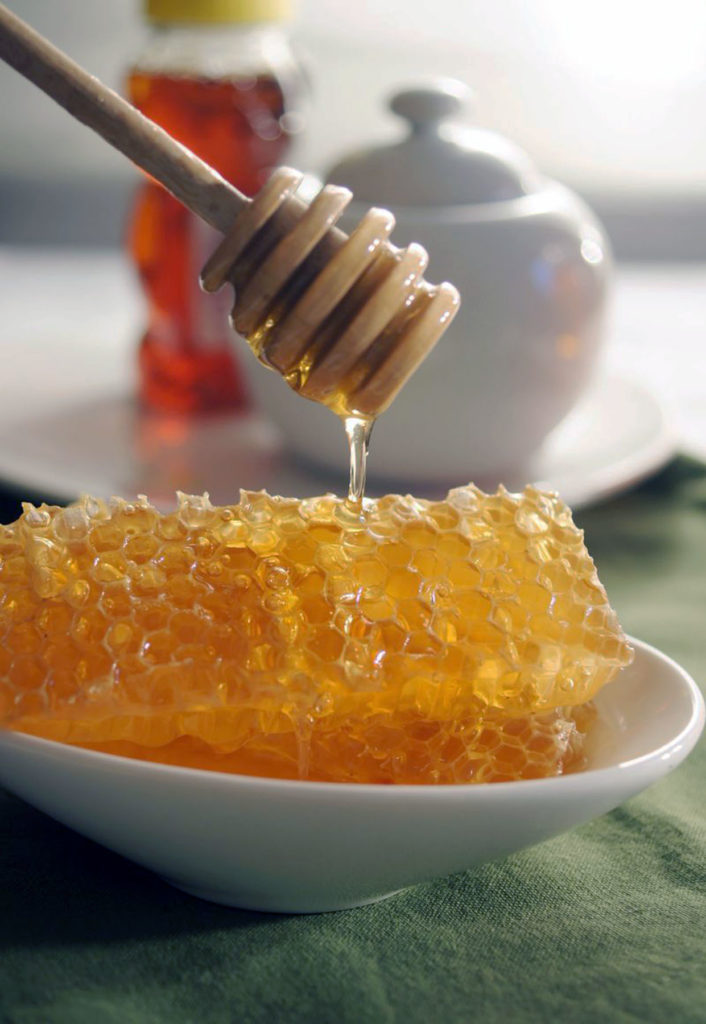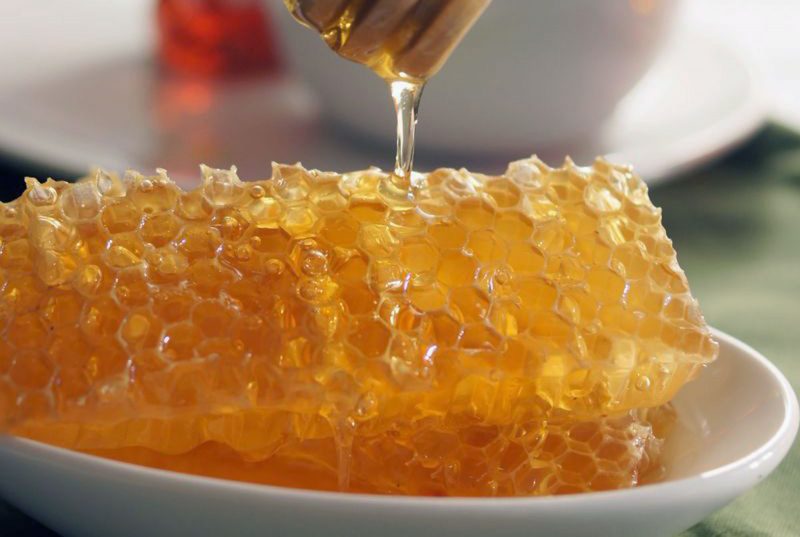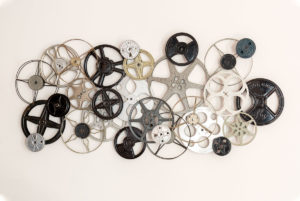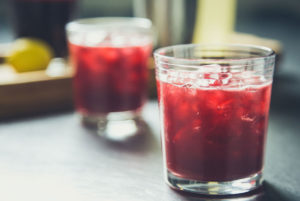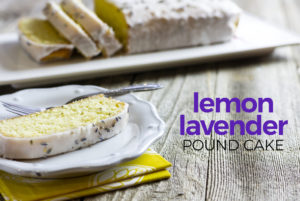Like many, I am fascinated by science and nature. The story of bees and honey is spellbinding. That these tiny creatures go about their daily routine (which is a story on its own) and “accidentally” create this sweet elixir is nothing short of amazing.
Honey has been part of human life for thousands of years. It holds great cultural and religious significance. It has been used medicinally to treat sore throats and as a topical solution to aid in the healing of wounds. In terms of cooking and baking, it has been used for as long as humans have been collecting it.
savour… worker bees
HONEY BASICS
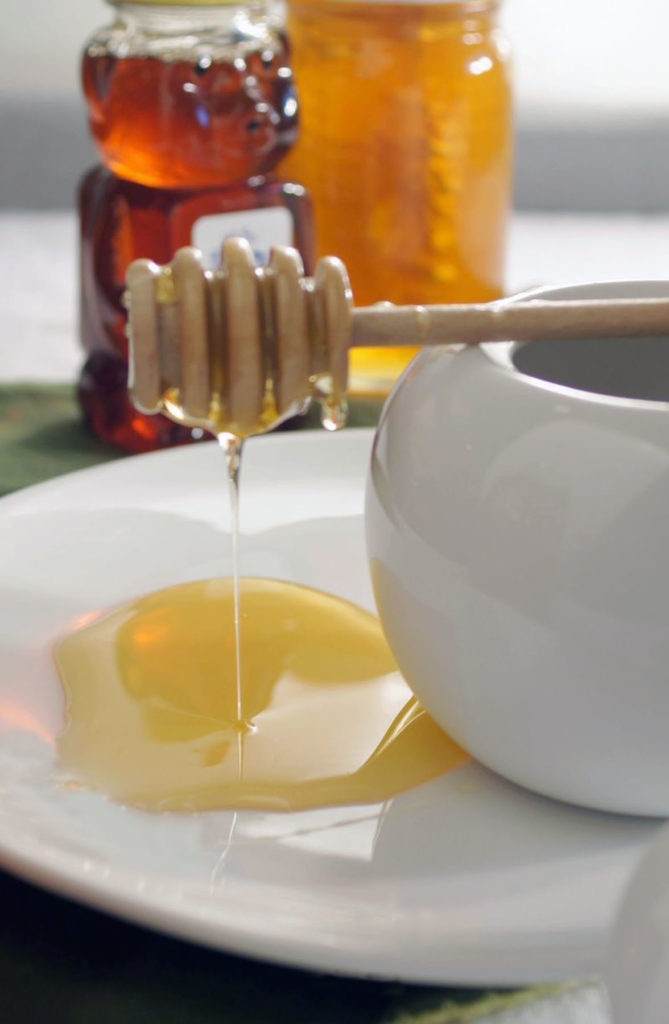
Most of us know that honey is produced by bees collecting nectar from flowers. But you may not know that honey varies greatly based on which flowers the bees tap. The varying sources affect the taste, texture, and color of the honey. Most commercial honey looks relatively uniform because it is blended from a variety of sources.
Other honey sold in the US may include polyfloral (AKA wildflower) honey which is a singular honey gathered from bees who have visited many types of flowers. On the other hand, monofloral honey is gathered from bees who have gotten their nectar from one source primarily. The most common US flower sources for monofloral are clover, orange blossom, sage, tupelo, buckwheat, fireweed, and sourwood.
The most common types of honey for purchase are:
Alfalfa Honey – very common is North America
Black Locust Honey – strong and bright yellow
Clover Honey – probably the most popular; mild taste; brandy color
Dandelion Honey – strong; bright yellow
Eucalyptus Honey – very robust from the Eucalyptus tree
Orange Blossom Honey – very common; mild taste; golden color from citrus trees
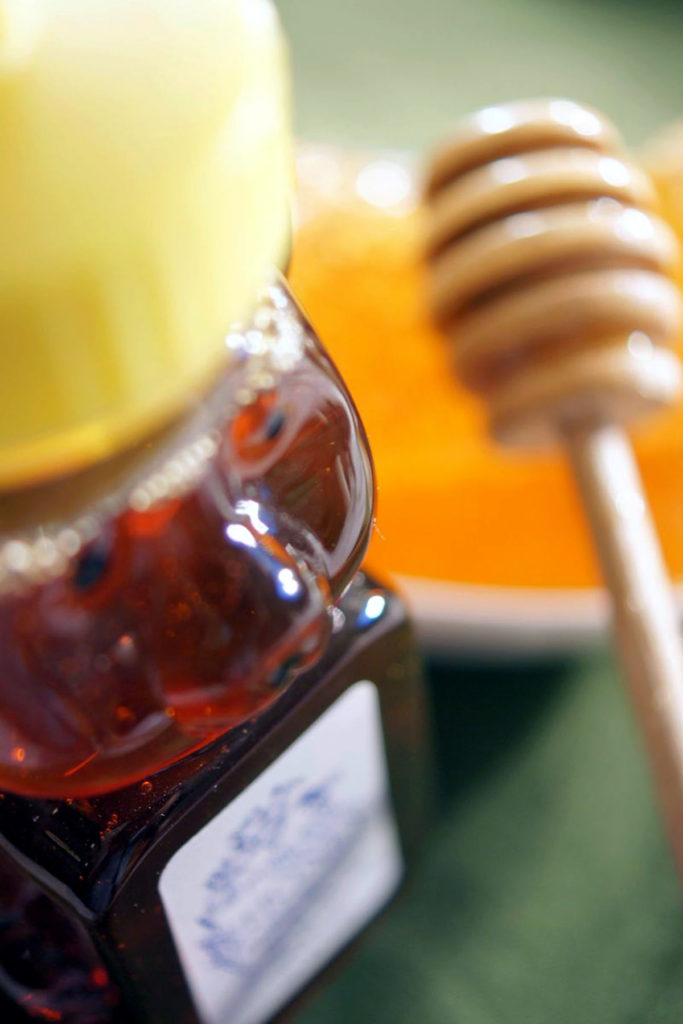
More you should know:
Honey simply does not go bad. Most micro-organisms don’t like honey because it has very low water activity.
Bears are often associated with honey in western culture and pictured eating it. They do eat it, but the truth is they are probably more interested in the bee larvae than the honey.
Kept in an airtight container in a cool, dry place and out of the direct sunlight, honey will last a very long time.
If your honey crystallizes put it in the microwave and stir every 30 seconds until it is back to its smooth state.
